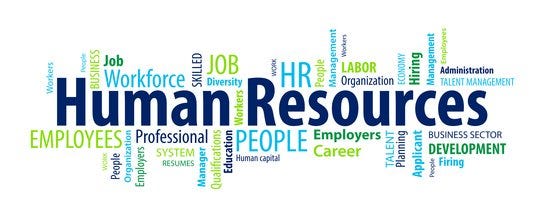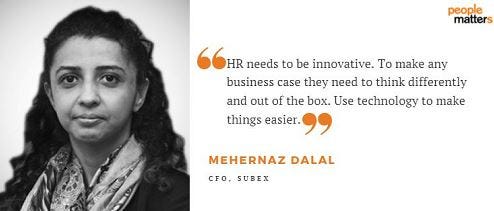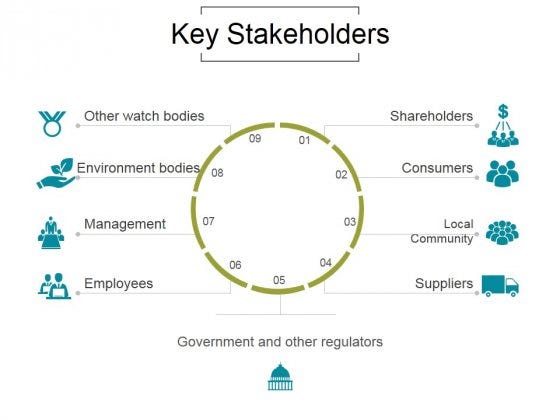In Chapter 1, we gave an introduction in HR Transformation, defined it and also gave a model for transforming the HR function. In this chapter, we’ll talk about why even do it in the first place. When people understand the “why” of change they are more likely to accept the “what”. The context of a business setting captures the “why” of HR transformation. When HR transformation connects to the context of the business, it is more likely to be sustained because it responds to real needs.
This means linking HR efforts directly to the business strategy and to the environmental factors that frame the strategy. Let’s go through all the things we’ll be covering in this chapter.
Table of Contents
- Understand General Business Conditions and Specific Stakeholders’ Expectations
1.1. General Business Conditions
1.2. Specific Stakeholder Expectations - Build a Business Case for HR Transformation
- Conclusion
1. Understand General Business Conditions & Specific Stakeholders’ Expectations
HR leaders not only look at the business strategy but also look through the strategy to see and understand the business conditions or external realities that shape it. The traditional strategy is like a mirror where HR can reflect its investment.

Understanding and linking HR with these contextual constituents help them not just to implement the strategy but play a key role in defining it. By focusing on the business context, HR can avoid the common mistake of seeking to implement internally focused ideas and concepts that come across as solutions looking for problems.
To build this rationale for doing HR transformation, you need to understand general business conditions and specific stakeholders’ expectations, and then use that understanding to build a business case for the transformation.
1.1. General Business Conditions
We are aware of general business conditions, especially with the world facing economic difficulties worse than those seen for several decades. Some of these business conditions are cyclical as industries go through inevitable cycles of growth and retraction.
General economic trends like unemployment, inflation, exchange rates, the balance of trade, investor confidence, and overextended credit create both economic cycles and structural changes in an industry, both of which affect HR investments and management strategy.
Globalization has made the world “flat” — a global village with new markets offering new challenges and opportunities. At the same time, business in mature markets differs from business in developing markets like Brazil, Russia, India, and China and differs even more from what is needed for so-called emerging markets in sub-Saharan Africa, the Middle East, Southeast Asia, and Latin America. These markets have divergent economic cycles, with most growing while others shrink.
Learning these general business conditions means more than the offhand reading of newspapers or Internet news stories and watching television.
HR professionals who want to contribute to strategy formulation and to sustain a transformation should be more than casual observers of these trends. It is not necessary to be an economist, demographer, or political scientist to do HR transformation, but it is important to be conversant in these fields.
1.2. Specific Stakeholder Expectations
Key stakeholders in the complete model of HR includes multiple stakeholders, employees and line managers inside the organization, and customers, investors, regulators, competitors, and communities outside the organization.
To fully grasp business conditions specific to your organization and HR transformation, you must identify particular expectations and changes for each of these stakeholders. General business conditions become more focused when they translate into specific expectations of key stakeholders.
- Employees– Employee demographics have a significant impact on work. Employees represent increasingly diverse backgrounds, with diversity including not only race and gender but personal preferences, global or cultural roots, cognitive style, age, and orientation to work.
- Line Managers– Line managers charged with defining and executing the strategy to deliver results constitute a key stakeholder group for HR transformation. Today, most competent HR professionals have access to business discussions. With line managers facing ever-increasing scrutiny and pressures and CEO tenure declining, HR professionals should be active contributors in business discussions, not just HR discussions.
- Customers– Customers have become increasingly segmented, literate, and demanding. As they are offered greater choice, they become more selective about choosing organizations to work with. HR professionals who spend time learning about and working with customers have a clear line of sight between HR practices and customer share.
- Investors– Investors have become increasingly attuned to and actively concerned about intangibles as well as financial results. Capital markets have shifted. Activist owners in hedge funds, sovereign wealth funds, or other major shareholders will increasingly look beyond the balance sheet and into the quality of leadership and organization that give them confidence in the future.
- Competitors– Competition comes both from traditional, large global players as well as from smaller innovators. The rate of global growth continues, but increasingly that growth is coming from emerging markets. Knowing present and future competitors require insight into how industries will shift and evolve on a global as well as a local scale.
- Global Suppliers– Suppliers connected to the firm become a source of advantage or disadvantage. Supplier management reduces risks and ensures continuity of service. Just as HR can connect staffing, training, and compensation with customers, it can do so with suppliers to ensure the stability of operations.
- Regulators– Government agencies may define a policy that favors or hinders your business. Regulations increasingly focus on processes used to govern (Sarbanes-Oxley, for example), and HR executives can be activists in anticipating and responding to legislation.
- Community– Reputation also becomes important as your organization’s social standing becomes part of its success. HR professionals can be leaders in shaping socially responsible practices that help the organization gain a strong reputation for attracting talent, customers, and capital.
- Addressing Stakeholders– As organizations position themselves with each of these stakeholders, HR professionals should shape unique strategies to compete over time. Knowing who the stakeholders are for your company and advocating how to deal with them will ensure that you align HR transformation with issues that matter.
2. Build a Business Case for HR Transformation
HR professionals often see their largest job challenges as sourcing talent, improving performance management, defining compensation, and providing training programs and other HR systems. Real HR transformation begins by responding to the general business conditions and specifically serving key stakeholders.
When HR professionals start by thinking about the outcomes of their work as defined by the business context, they change their conversations with line managers and are better able to justify why an HR transformation should occur. The outcomes are linked to the business context, however, the justification for the HR transformation is stronger. The following cases illustrate the business case for HR transformation:
Case for HR Transformation: Example 1
Our competitors have produced 30 percent more revenue from products introduced in the last three years than we have, and we think that this is one reason their price/earnings ratios and market value have been higher than ours. We believe that if we transform HR, we will be able to move more quickly in acquiring the right talent and creating the right organization to produce more innovative products and to build a better reputation within the capital markets.
Case for HR Transformation: Example 2

The newly elected government is likely to change the rules for our industry. We will probably get smaller subsidies for our R&D and less tax relief. We need to prepare our people and organization to respond to these changes. We need to change our HR approach to adapt to these legislative trends.
Case for HR Transformation: Example 3
The age of our workforce is a real concern. Because of past hiring practices, 40 percent of our senior technical and managerial talent are eligible to retire in the next four years. If they choose to do so, this will create an enormous knowledge gap. We need to quickly transform HR practices around retirement to secure knowledge for our future and develop staffing practices to stabilize our workforce.
These types of discussions take many HR people out of their traditional comfort zones. They must learn to understand and diagnose business context settings as business leaders.
3. Conclusion
For change to lead to sustained transformation, you need to present a business case that justifies the investment. When the presenting problem for HR transformation comes from the context of the business and from the expectations of key stakeholders, then the case for transformation is stronger than if the presenting problem originates primarily inside the business. As we said, understanding the why is the most important thing. When HRs and Businesses start understanding the Why of the change, the rest is just a matter of implementing a few processes.
Reference
https://epdf.pub/hr-transformation-building-human-resources-from-the-outside-in.html
DAVE ULRICH, JUSTIN ALLEN, WAYNE BROCKBANK, JON YOUNGER MARK NYMAN
#HRTransformation Series
- Introduction to HR Transformation — Chapter 1
- Why do HR Transformation? – Chapter 2
- What are the Outcomes of HR Transformation? – Chapter 3
- Redesigning the HR Department – Chapter 4
- How to do HR Transformation – Chapter 5
- Upgrade HR Professionals – Chapter 6
- Sharing Accountability for HR Transformation – Chapter 7
- Making HR Transformation a Success – Chapter 8







6 Comments
PingbackOutcomes of HR Transformation | Digidesk Blog
PingbackRedesign the HR Department - Chapter 4 | Digidesk Blog
PingbackHow to Do HR Transformation - Chapter 5 | Digidesk Blog
PingbackUpgrade HR Professionals - Chapter 6 | Digidesk Blog
PingbackShare Accountability for the Transformation - Chapter 7 | Digidesk Blog
PingbackMaking It Happen - Chapter 8 | Digidesk Blog